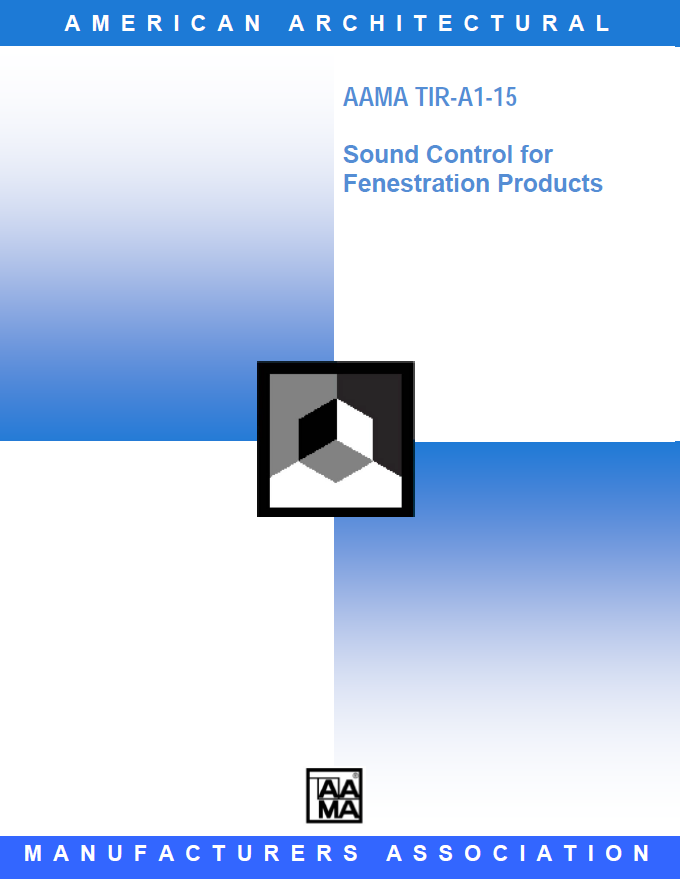AAMA Updates Sound Control Document
March 23, 2015

The American Architectural Manufacturers Association (AAMA) recently updated a document “intended to serve as a guide for anyone from window designers working with architects to sales teams trying to meet customers’ needs regarding sound control.”
According to information released on the AAMA website, AAMA TIR-A1 provides detailed technical information for the reduction of sound transmission through building envelopes in terms of the design and construction of both commercial and residential buildings. Some new definitions were added to this document, which was last updated in 2004. For a copy of this technical Information Release, visit the AAMA publication store.
Newly-defined terms include “Apparent Outdoor-Indoor Transmission Class” and “Outdoor-Indoor Transmission Class,” as well as “Sound Transmission Class.” The document was prepared for those who require information on how sound is transmitted and measured, and how its transmission can be controlled.
The document clarifies and differentiates between the two methods of fenestration product classification: Sound Transmission Class (STC) and Outdoor-Indoor Transmission Class (OITC), and offers a clear definition of their appropriate applications.
“The document provides a helpful resource for fenestration designers, architects and consultants who want to enhance their understanding of sound control related to windows and doors,” says Scott Warner, chair of the AAMA Methods of Test Committee. “This highly technical topic is presented in laymen’s terms such that building owners and sales staff will be able to understand and describe the important differences between OITC and STC as well as interior and transportation noise abatement.”
